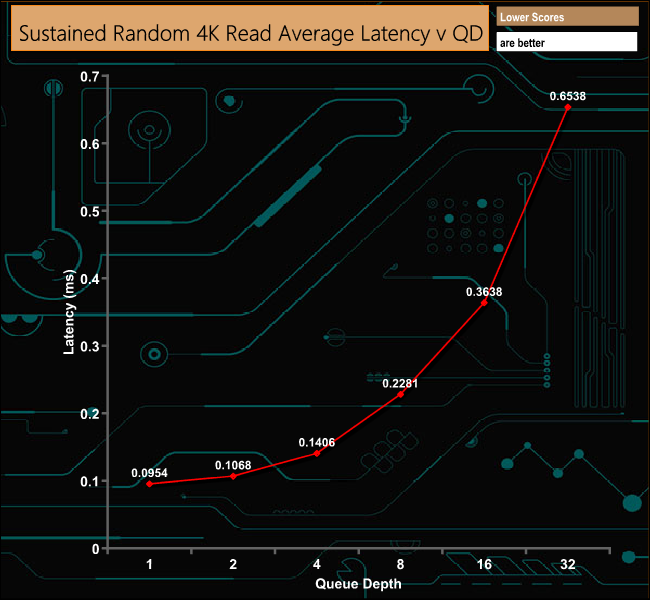When it comes to 4K Random Reads the performance shows a steady increase as the queue depth deepens delivering 196,045 IOPS at a QD of 32.
Tags 64-layer 3D TLC BiCS3 Marvell 88SS1093 Plextor Plextor M9Pe(Y) Plextor M9Pe(Y) 512GB SSD Review Review Toshiba
Check Also
CyberPowerPC PBM U97 PZ Prebuilt Desktop Review
The U97 Project Zero prebuilt desktop is one of the cleanest builds we've ever seen
 KitGuru KitGuru.net – Tech News | Hardware News | Hardware Reviews | IOS | Mobile | Gaming | Graphics Cards
KitGuru KitGuru.net – Tech News | Hardware News | Hardware Reviews | IOS | Mobile | Gaming | Graphics Cards





